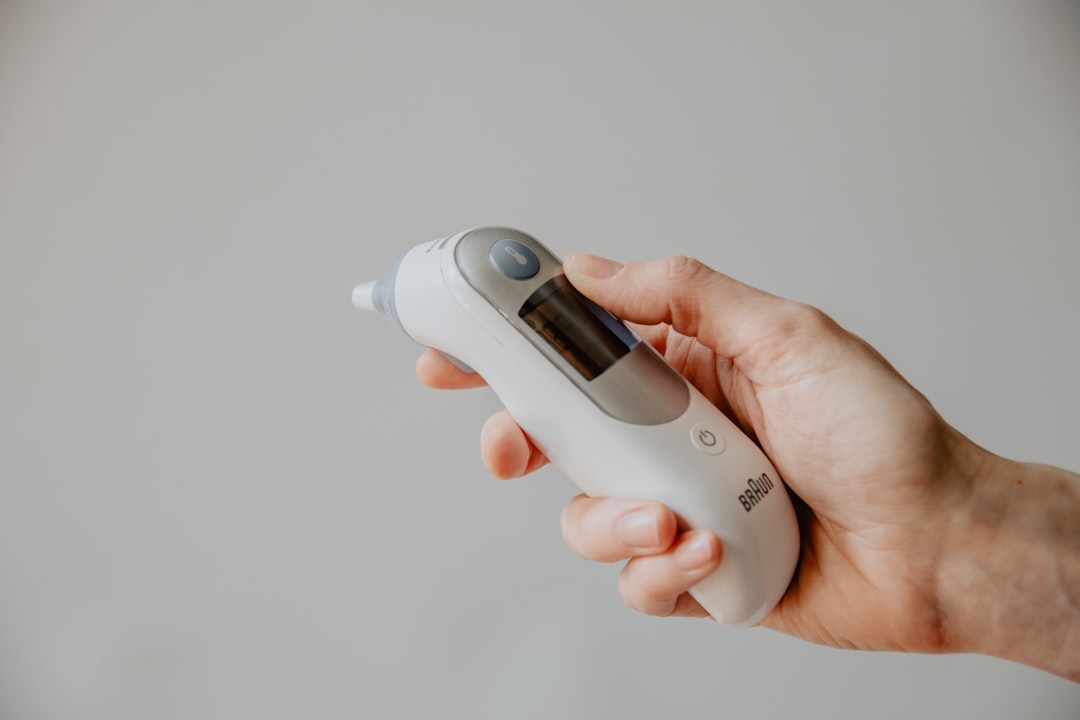What is it about?
Insects have evolved multiple mechanisms to adapt to variations in environmental temperatures, including postural control of solar input, variations in diurnal activity, external morphological structures and selecting/generating microhabitats. Foam produced by Mahanarva fimbriolata nymphs (also known as root spittlebugs) was found to aid in creating a constant thermal microhabitat despite environmental temperature fluctuations. The temperature within the foam was found to be similar to that of soil during the day and remained constant despite fluctuating external temperatures. In chemically analysing the composition of the foam, palmitic and stearic acids, carbohydrates and proteins were detected. These substances have previously been shown to act as a surfactant to stabilize and modulate foams. Since the immature ancestor of the spittlebug developed below ground, it is speculated that the foam may function as an ‘extension’ of the soil and, thus, may have enabled the spittlebug to emerge from the soil and adopt an epigean lifestyle.
Featured Image
Read the Original
This page is a summary of: Spittlebugs produce foam as a thermoregulatory adaptation, Scientific Reports, March 2018, Springer Science + Business Media,
DOI: 10.1038/s41598-018-23031-z.
You can read the full text:
Contributors
The following have contributed to this page










